Italian design company Pininfarina has showcased a virtually developed concept car with a holographic augmented reality (AR) display in partnership with Swiss firm WayRay.
The car, named the Teorema, is the firm’s first 100% virtually developed concept car, measuring 1400mm tall, 5400mm long and 2200mm wide and sitting on an electric skateboard platform. The car has no side doors, to improve rigidity and lightness. Instead, passengers walk through the rear of the car to a pressure-activated floor that guides them to their seats.
There are three driving modes: autonomy mode for autonomous driving, drive mode and rest mode, in which the interior becomes a social space where passengers can move to any desired position. The car's five seats are laid layout in a 1+2+2 format and adjust according to the drive mode selected.
The firm describes the concept’s interior as “like entering a living room”. The front three seats, including the driver’s, can be changed to a lounged position and be turned to face the other passengers. The roof also extends upwards and forwards.
“Pininfarina has always looked to the future using concept cars as an innovation tool to chart the direction and introduce new visions in terms of usability and technology in the automotive industry,” said Kevin Rice, Pininfarina's chief creative officer.
“Teorema, in particular, wants to return to people the pleasure of being in the car, driving and travelling, without the frustrations of increased congestion and other compromises, yet integrating AI, 5G and the latest technologies to drive passengers towards new incredible experiences along the journey,” he said.
The Teorema uses an AR head-up display implemented by WayRay, which utilises an advanced driver-assistance system (ADAS) and driver navigation and provides useful traffic information, warning against potential road dangers. Passengers can view content relating to the environment, local attractions and the landscape, trip details and games.
The concept was designed by teams from Cambiano in Italy and Shanghai, and although it is unlikely to hit the road any time soon, WayRay says many of the AR technologies featured in the car could be available to passengers in the future.
READ MORE

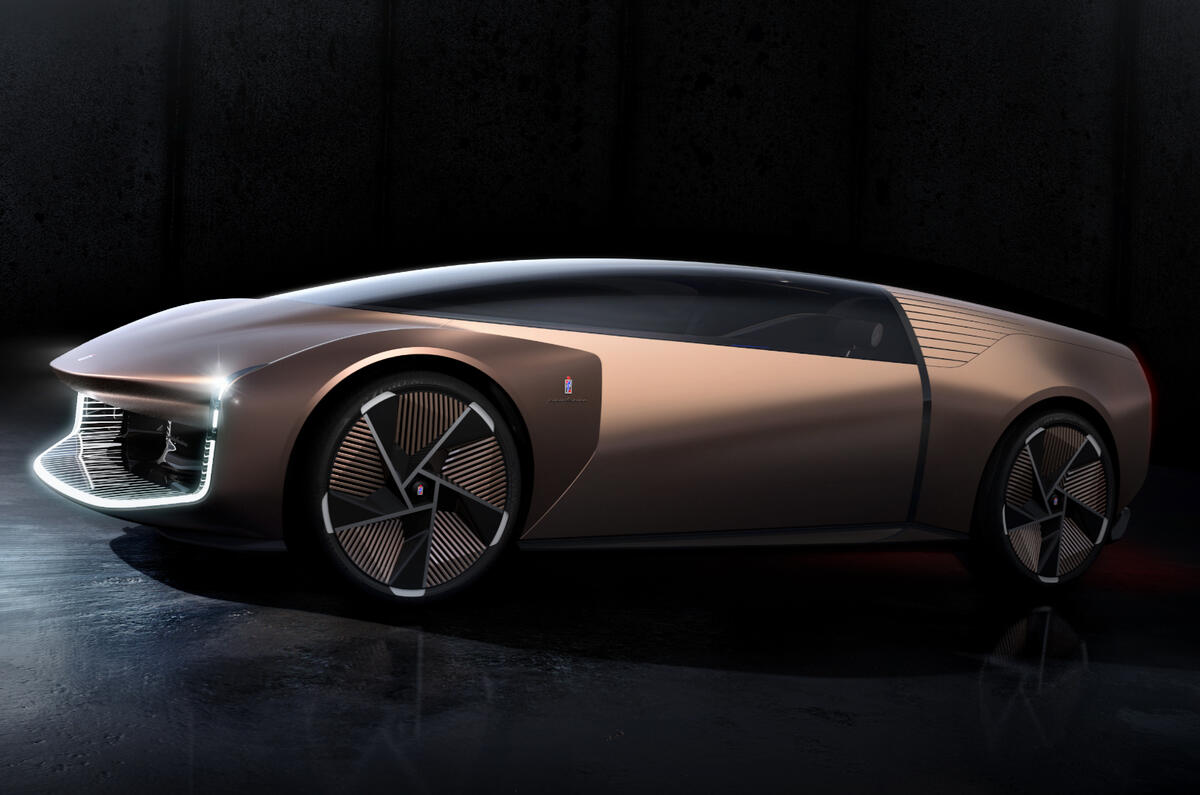


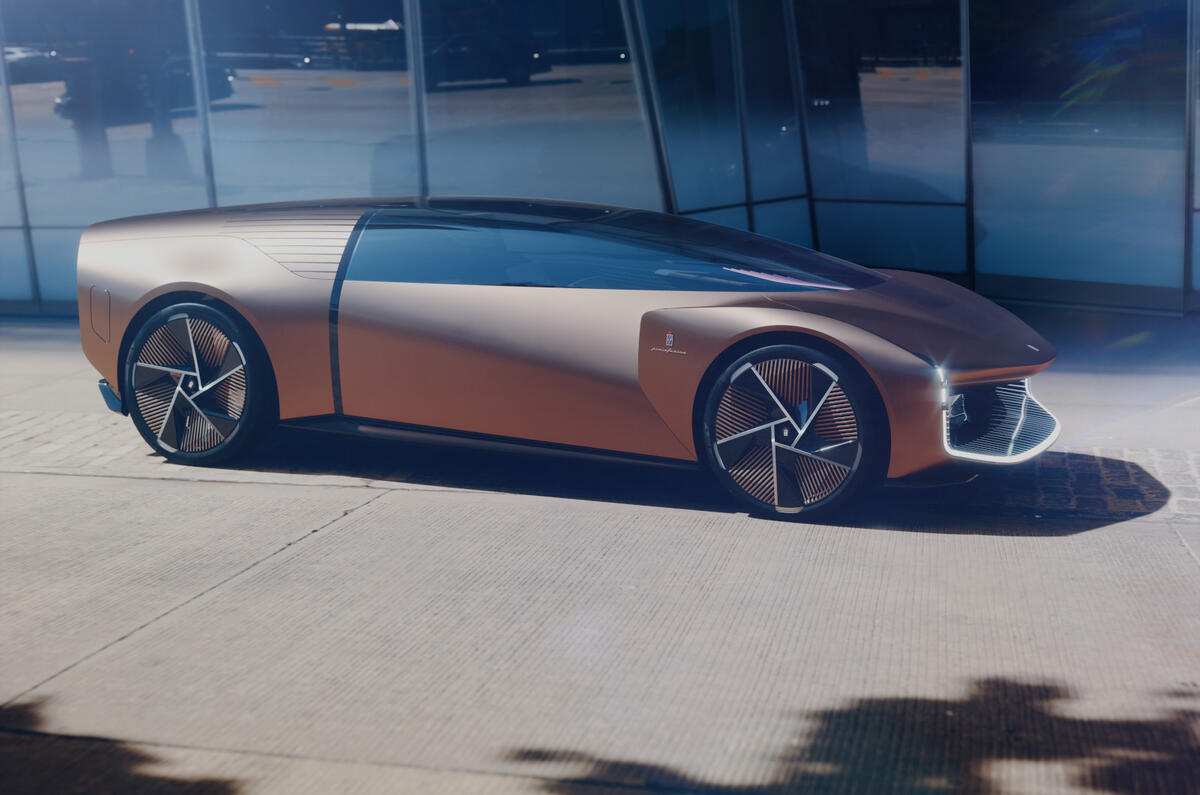
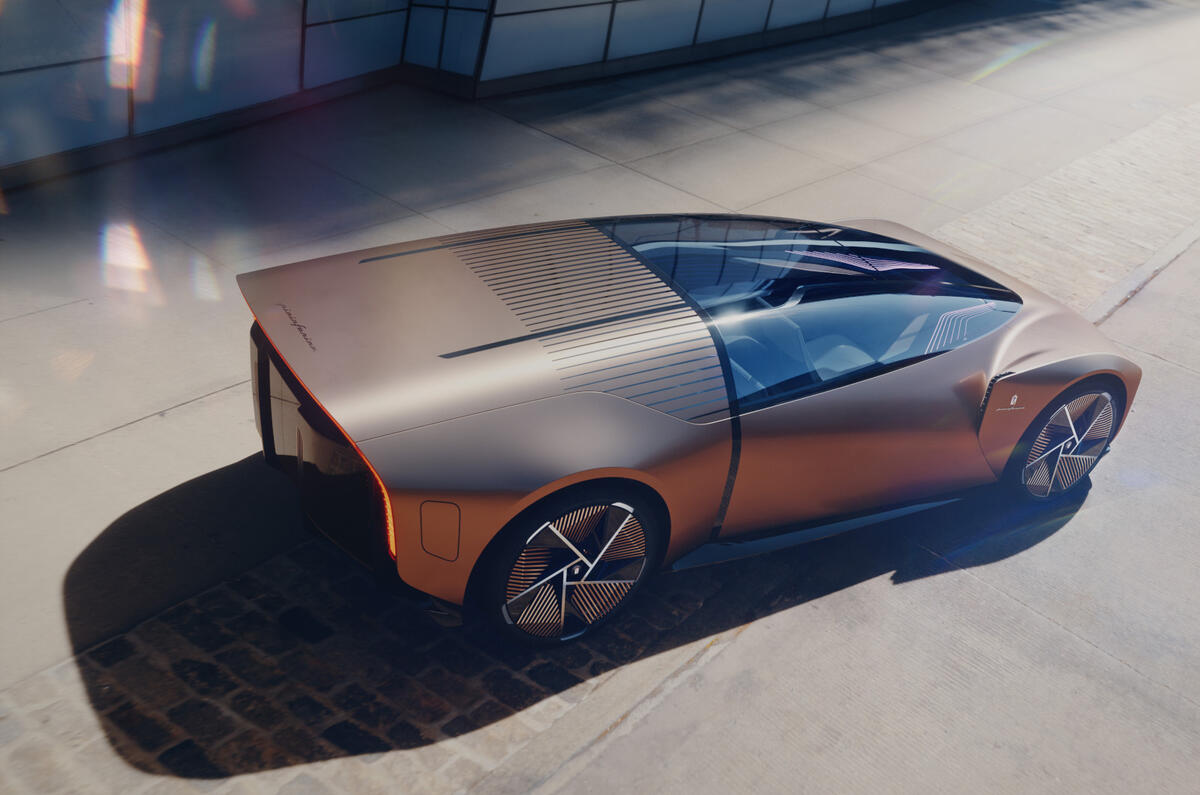



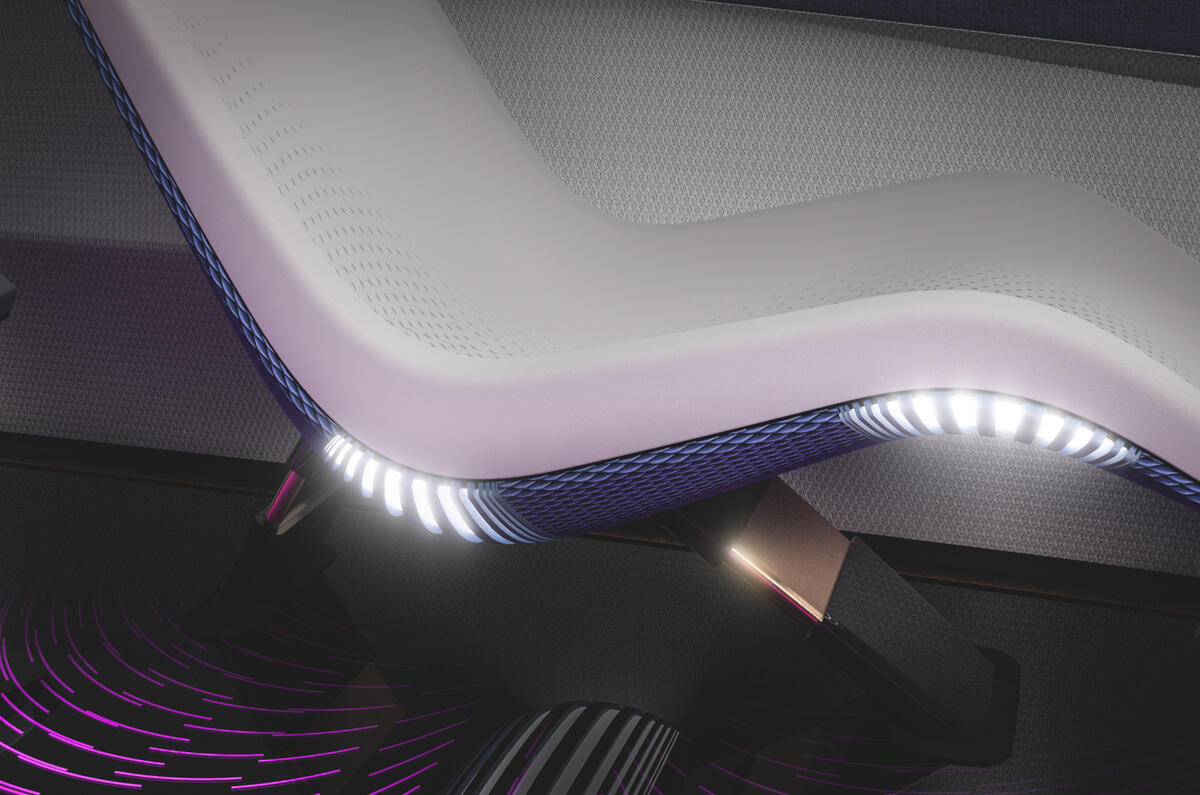
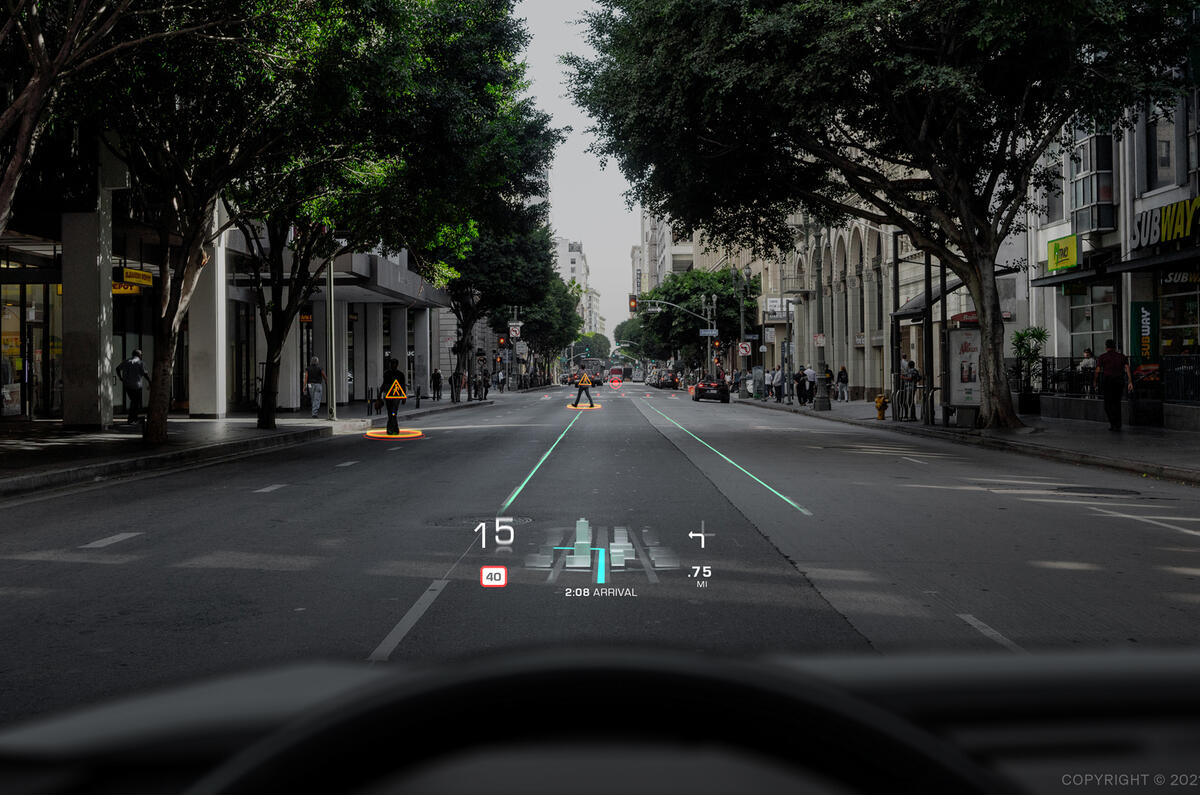
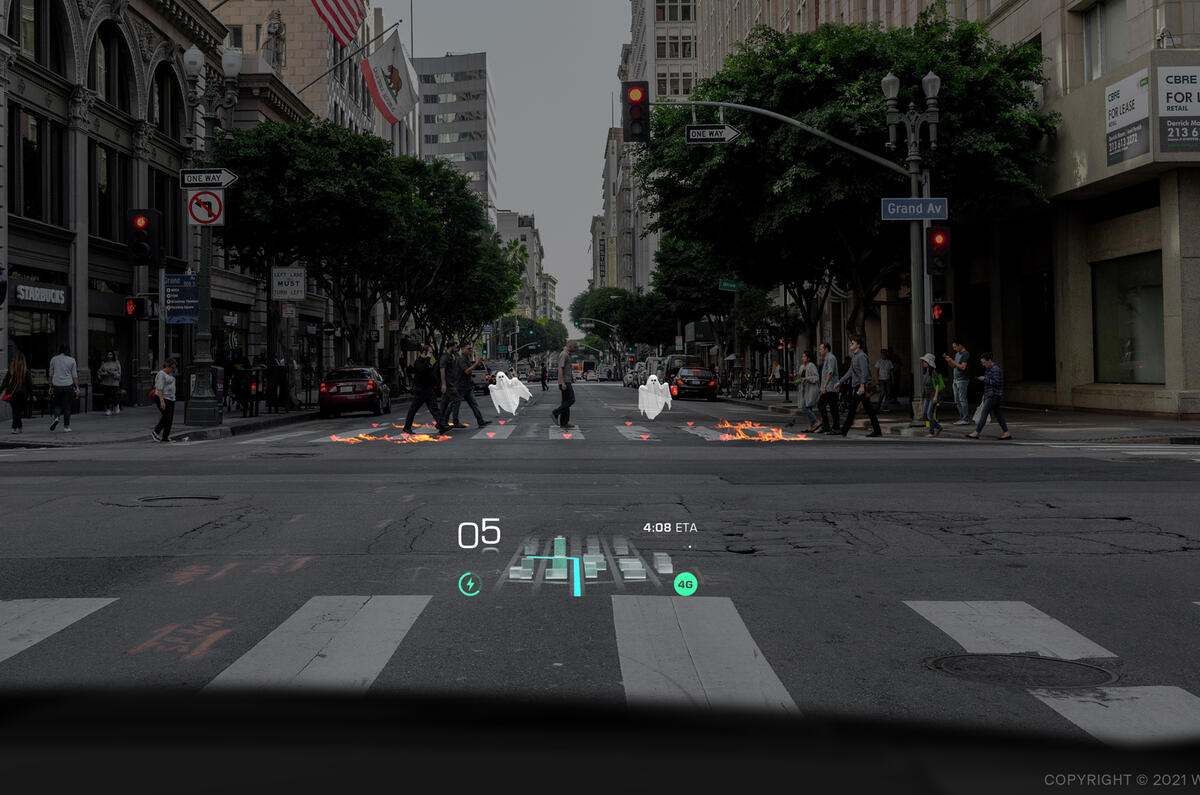
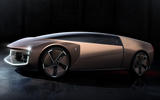
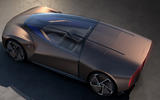
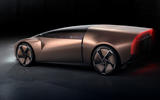

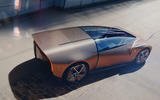



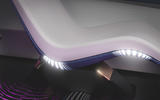
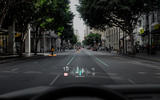
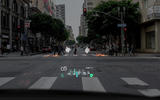


Join the debate
Add your comment
JadeMoonDragon@, yeah, I realise this, but, in the future, probably you won't have any input other than your destination which will be by voice only, it may take a decade or two, but, that's going to happen,and , judging by how infrastructure setting up is going, or not in some cases, we will still have a small percentage of ICE Cars, and, if it's doable, Hydrogen might be the fuel of choice, either way, to cope with demand, we'll need more power Stations,and that's another sticking point, anyway, autonomously driving?,paint them White or Black ( not being racist before someone thinks I am) .
"integretation of 5G radiation"
Oh dear, someone call the doctor!
@Peter Cavellini, the Autonomous mode allows the vehicle to drive on a set course on it's own that is set up by the driver, and the driver can switch from Autonomous to Driving mode that allows the driver to take over and control the vehicle. Hopefully this answers your question!